
Puck Lights: A Complete Guide to Choosing and Using Them
Share
Table of Contents
- What Are LED Puck Lights?
- The Many Uses of LED Puck Lights
- Choosing the Right LED Puck Lights for Your Needs
- Installation Guide for LED Puck Lights
- Troubleshooting Common LED Puck Light Issues
- Maintenance and Care Tips for LED Puck Lights
- Frequently Asked Questions (FAQs)
LED puck lights have become a popular choice for both residential and commercial lighting due to their versatility, energy efficiency, and sleek design. Whether you're looking to illuminate your kitchen, create an accent lighting feature, or enhance the ambiance of a retail display, LED puck lights offer a practical solution. This guide provides an in-depth look at everything you need to know about LED puck lights, from their basic definition to advanced installation techniques and energy-saving tips.
What Are LED Puck Lights?
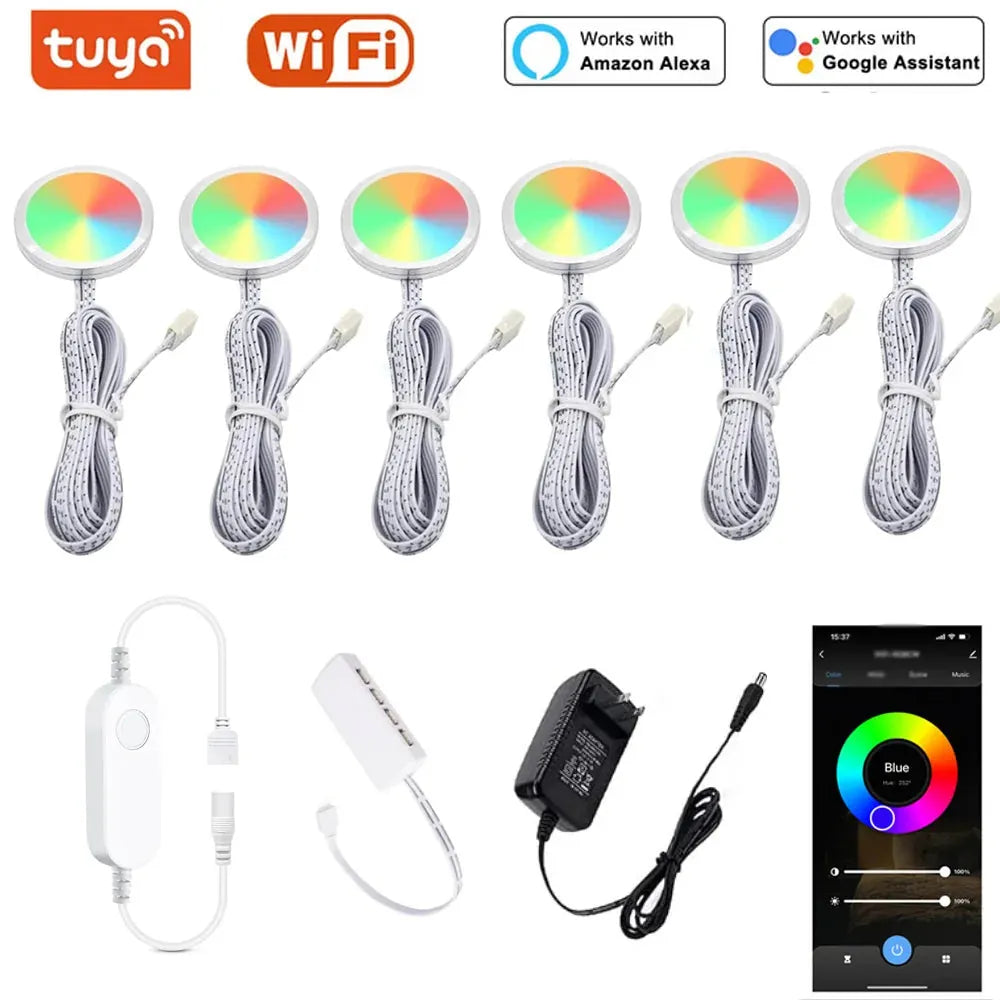
Definition and Overview
LED puck lights are small, circular lighting fixtures that are typically used for accent or task lighting. Their name comes from their resemblance to hockey pucks, being compact and round. LED puck lights are commonly found in kitchens, where they are installed under cabinets to illuminate countertops, but their uses extend far beyond the kitchen.
Unlike traditional halogen or incandescent puck lights, LED puck lights use light-emitting diodes (LEDs) as their light source. LEDs are known for their efficiency, long lifespan, and low heat emission, making them a superior choice for both energy savings and safety. According to the U.S. Department of Energy, LEDs use at least 75% less energy and last 25 times longer than incandescent lighting .
Different Types of LED Puck Lights
LED puck lights come in several types, each designed for different installation methods and lighting needs:
- Recessed LED Puck Lights: These are installed into the surface, creating a flush, seamless look. They're ideal for minimalist designs where the light fixture should not be visible.
- Surface-Mounted LED Puck Lights: These sit on top of the mounting surface and are easier to install than recessed options. They are perfect for DIY projects.
- Battery-Operated LED Puck Lights: Ideal for areas where wiring is impractical, these lights offer flexibility and are often used in closets or as portable light sources.
- Hardwired LED Puck Lights: These are connected directly to the electrical wiring of a building, providing a more permanent and reliable solution. They are often controlled by wall switches or dimmers.
Key Features and Benefits
The popularity of LED puck lights is driven by several key features:
- Energy Efficiency: LED puck lights consume significantly less power compared to traditional lighting. For example, a typical LED puck light might use just 3-5 watts of power, compared to 20 watts for a halogen puck light.
- Longevity: With lifespans exceeding 50,000 hours, LED puck lights can last up to 10 years with regular use. This reduces the need for frequent replacements, saving both time and money.
- Low Heat Emission: LEDs produce very little heat, reducing the risk of burns or fire hazards. This makes them safer for use in homes, especially in areas where children or pets are present.
- Design Flexibility: Available in various color temperatures, from warm white to cool white, LED puck lights can create different atmospheres. Dimmable options provide even more control over lighting intensity.
The Many Uses of LED Puck Lights
1. Home Lighting Applications
2. Commercial Applications
3. Outdoor Applications
Choosing the Right LED Puck Lights for Your Needs
1. Key Factors to Consider
Color temperature, measured in Kelvin (K), affects the appearance of the light. Warm white lights (2700K-3000K) create a cozy atmosphere, while cool white lights (4000K-5000K) provide a brighter, more energetic feel. The choice depends on the desired mood and function of the space.
Data Insight: According to a study by the Illuminating Engineering Society, lighting with a color temperature of 2700K-3000K is preferred for residential settings because it closely mimics the warmth of traditional incandescent bulbs, which are known to create a comfortable environment .
Further Reading:
- The Best Color Temperature for Under Cabinet Lighting
- Powering Your LED Puck Lights with Batteries
- Exploring Puck Lights with Remote Control
- How to Choose the Best Rechargeable Puck Lights
2. Top Brands and Models to Consider
Several brands are known for producing high-quality LED puck lights. Among them, Philips, GE, and Armacost Lighting stand out for their durability, brightness, and design flexibility. These brands offer a range of models that cater to different needs, from basic lighting to advanced, dimmable, and color-changing options.
3. Budgeting and Cost Considerations
When budgeting for LED puck lights, consider both the upfront cost and the long-term savings from reduced energy consumption and longer lifespan. While LED puck lights may be more expensive initially than halogen or incandescent options, their longevity and efficiency result in significant cost savings over time.
Example: A cost comparison between LED and halogen puck lights showed that while the initial cost of LED lights was about 30% higher, the total cost of ownership over 5 years was 60% lower due to reduced energy bills and fewer replacements .
Further Reading:
Installation Guide for LED Puck Lights
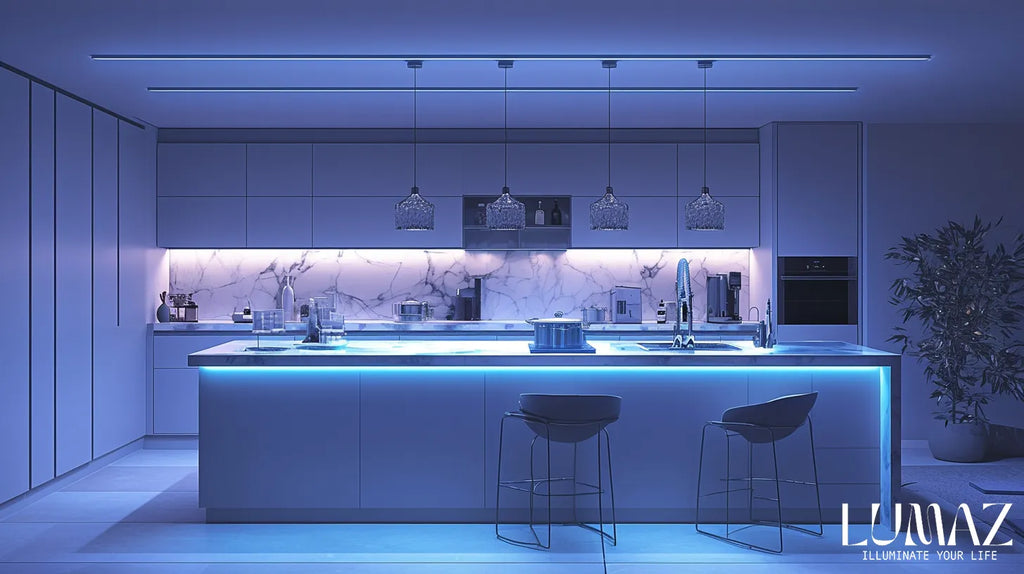
1. Essential Tools and Materials
Before you begin installing LED puck lights, gather the necessary tools and materials:
- LED puck lights (recessed or surface-mounted)
- Power drill with appropriate bits
- Mounting screws or adhesive strips (depending on the light type)
- Wire stripper and connectors (for hardwired installations)
- Measuring tape and pencil
- Voltage tester (for safety checks)
2. Step-by-Step Installation Process
- Plan Your Layout: Determine the placement of each puck light. Use a measuring tape and pencil to mark the locations, ensuring even spacing.
- Prepare the Surface: For recessed lights, use a hole saw to cut openings in the surface. For surface-mounted lights, clean the area where the lights will be installed.
- Install the Lights: For hardwired lights, connect the wires according to the manufacturer's instructions, using a wire stripper and connectors. For battery-operated or plug-in lights, follow the mounting instructions provided with the product.
- Test the Lights: Before securing everything in place, test the lights to ensure they are working correctly. Use a voltage tester to verify the connections if needed.
- Secure the Lights: Attach the lights to the surface using screws, adhesive strips, or clips, depending on the type of puck light. Make sure they are firmly in place.
- Final Adjustments: Once installed, adjust the lights as needed to ensure they are pointing in the desired direction and providing adequate illumination.
3. Common Mistakes to Avoid During Installation
- Incorrect Spacing: Ensure the lights are evenly spaced to avoid uneven lighting. A good rule of thumb is to place puck lights about 12-18 inches apart.
- Overloading Circuits: For hardwired installations, be mindful of the total wattage on the circuit to avoid overloading.
- Improper Connections: Always use the correct connectors and double-check all wiring to prevent electrical issues or potential hazards.
Further Reading:
- Expert Tips for Installing and Using LED Puck Lights in Your Home
- How to Install and Replace Puck Lights on Ceilings and Under Cabinets
Troubleshooting Common LED Puck Light Issues
1. How to Fix Flickering Lights
Flickering is a common issue with LED puck lights, often caused by incompatible dimmer switches or loose connections. To fix this:
- Check the Dimmer Switch: Ensure the dimmer switch is compatible with LED lights. If not, consider replacing it with an LED-compatible dimmer.
- Inspect the Connections: Loose wiring can cause flickering. Turn off the power and check all connections, tightening any loose wires.
2. Addressing Uneven Brightness
Uneven brightness can occur if the lights are not spaced correctly or if different wattages are used in the same setup. To resolve this:
- Re-check Spacing: Ensure that all lights are evenly spaced. Adjust the positioning if necessary.
- Match Wattages: Use LED puck lights with the same wattage and specifications to ensure uniform brightness across the setup.
3. Compatibility with Dimmer Switches
Not all LED puck lights are dimmable. If you want to use a dimmer switch, make sure your puck lights are compatible. Check the product specifications or consult the manufacturer for compatibility details.
Maintenance and Care Tips for LED Puck Lights
1. Cleaning and Regular Upkeep
LED puck lights require minimal maintenance, but regular cleaning can help maintain their brightness and extend their lifespan. Use a soft, dry cloth to clean the lights, and avoid using harsh chemicals that could damage the fixture or the LED itself.
2. Tips for Extending the Lifespan
- Avoid Overheating: Ensure that the lights have adequate ventilation. Overheating can shorten the lifespan of LEDs.
- Use Compatible Dimmers: If dimming capabilities are needed, ensure that the dimmer switch is compatible with LED lights to prevent flickering and potential damage.
3. When and How to Replace LED Puck Lights
While LED puck lights last for many years, they will eventually need to be replaced. Signs that it's time to replace your LED puck lights include noticeable dimming, flickering, or complete failure to turn on.
Frequently Asked Questions (FAQs)
Can LED Puck Lights Be Used Outdoors?
Yes, LED puck lights can be used outdoors if they are waterproof and have an appropriate IP rating (IP65 or higher). This ensures they can withstand moisture and dust, making them suitable for outdoor environments. Always check the rating to ensure they're safe for exterior use.
How Long Do LED Puck Lights Last?
LED puck lights typically last between 25,000 to 50,000 hours, depending on the brand and usage. This translates to approximately 10-20 years of regular use.
Can puck lights be hardwired?
Yes, puck lights can be hardwired for a more permanent and reliable installation. Hardwiring puck lights eliminates the need for batteries and ensures consistent power, making them ideal for areas where continuous lighting is needed.
Are puck lights dimmable?
Yes, many puck lights are dimmable, allowing you to adjust the brightness to suit different tasks or moods. Puck lights with dimmable features are especially useful in kitchens, under cabinets, or in living spaces where flexible lighting is important. Be sure to choose compatible dimmer switches to avoid issues with flickering.
Are puck lights remote control?
Yes, there are puck lights available with remote control functionality, offering convenience and ease of use. Puck lights with remote control allow you to turn the lights on and off, adjust brightness, and even change colors from a distance.
Can you set a timer on LED puck lights?
Yes, some LED puck lights come with a timer feature that allows you to set specific times for the lights to turn on or off automatically. Puck lights with timer functionality are great for energy conservation and ensuring that lights aren't left on unnecessarily.
LED puck lights offer a versatile, energy-efficient, and stylish lighting solution for a wide range of applications. Whether you're looking to upgrade your kitchen lighting, highlight a display, or create a cozy atmosphere, LED puck lights provide the flexibility and performance you need.
Related helpful articles:

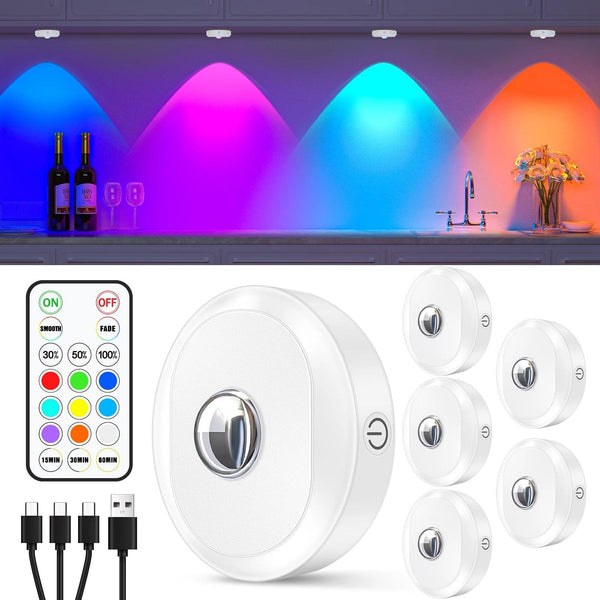
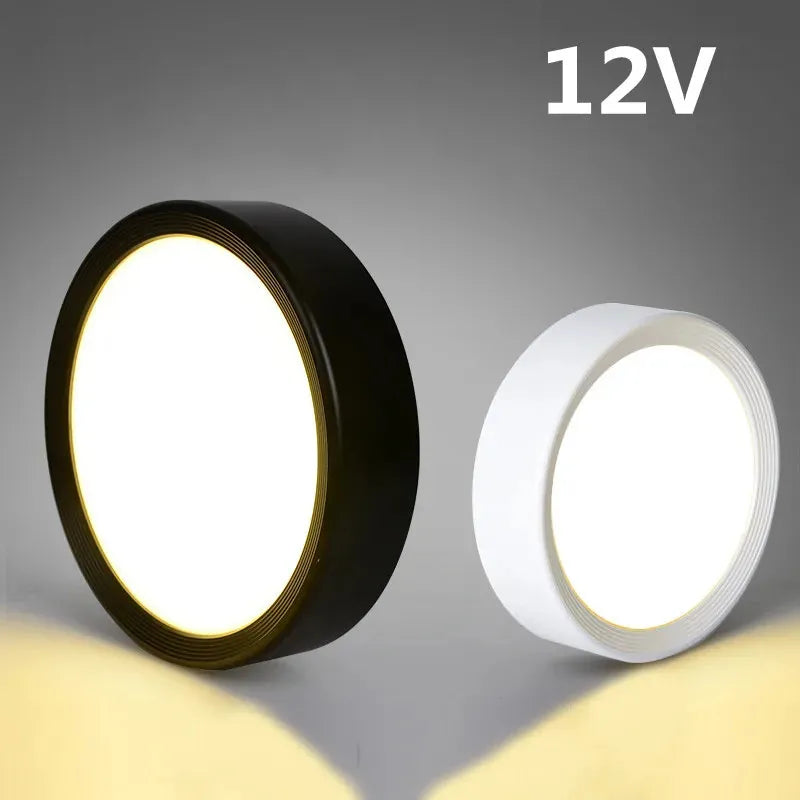

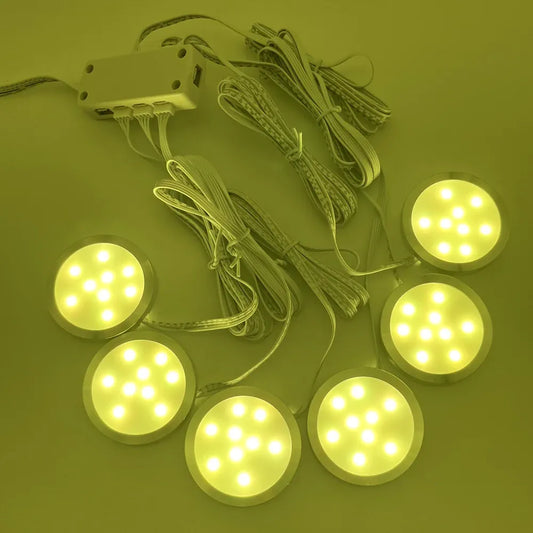



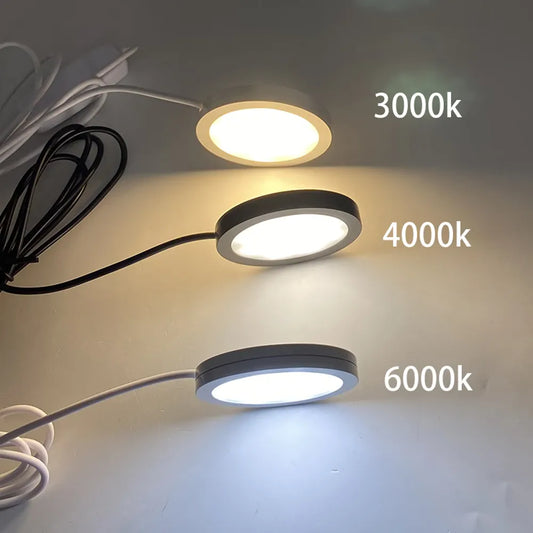

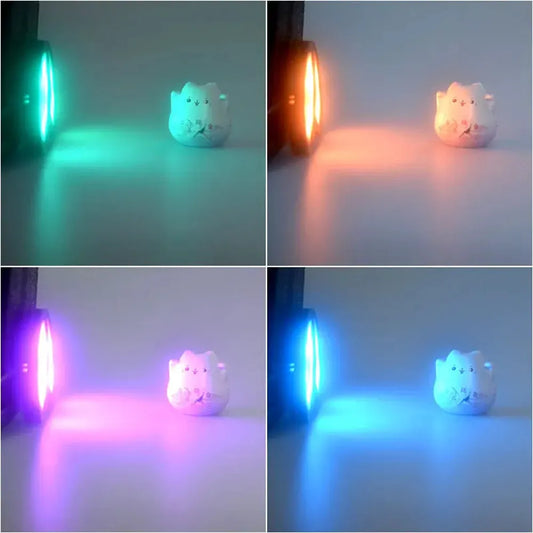



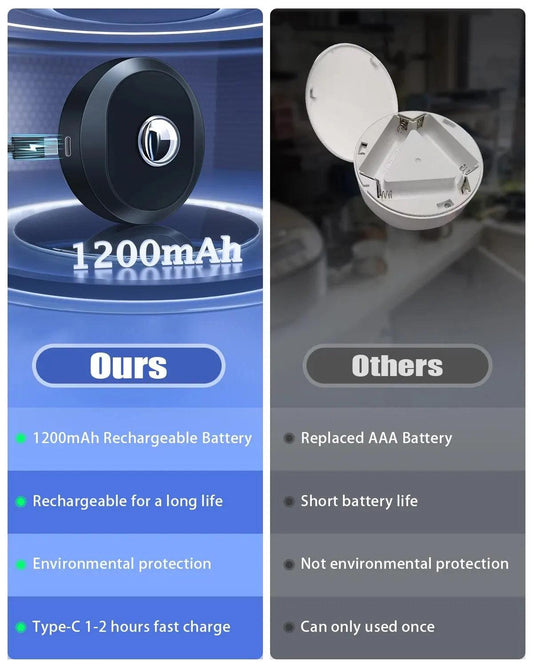

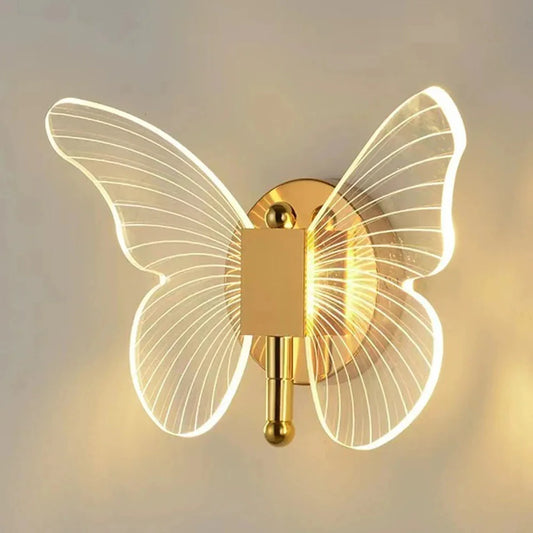

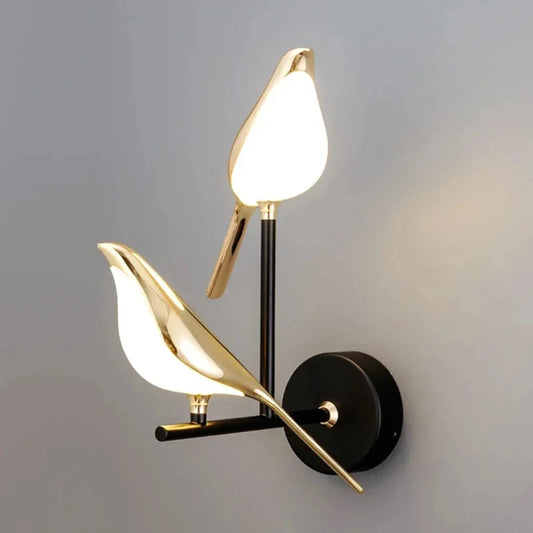

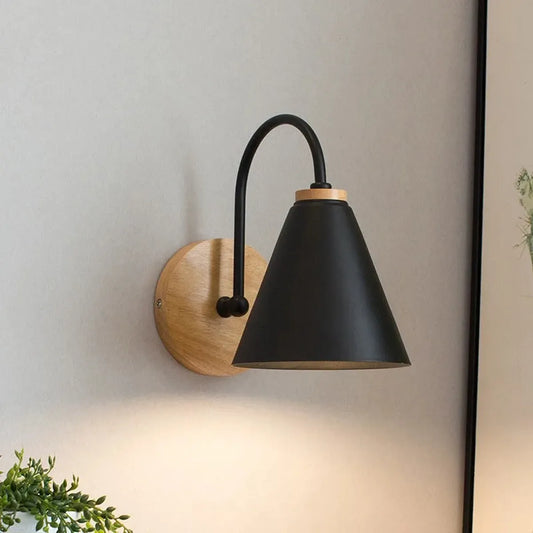



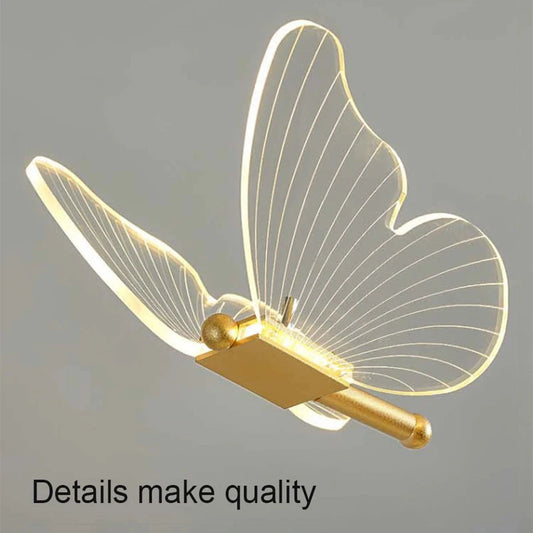

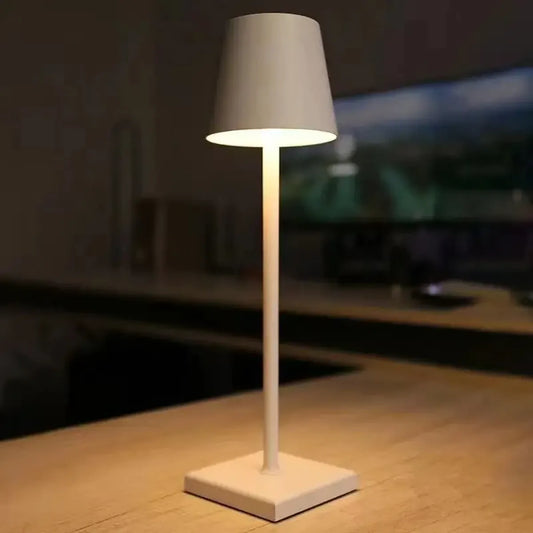



 />
/>
 />
/>
 />
/>
 />
/>
 />
/>